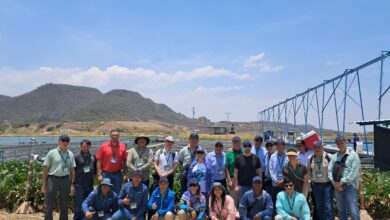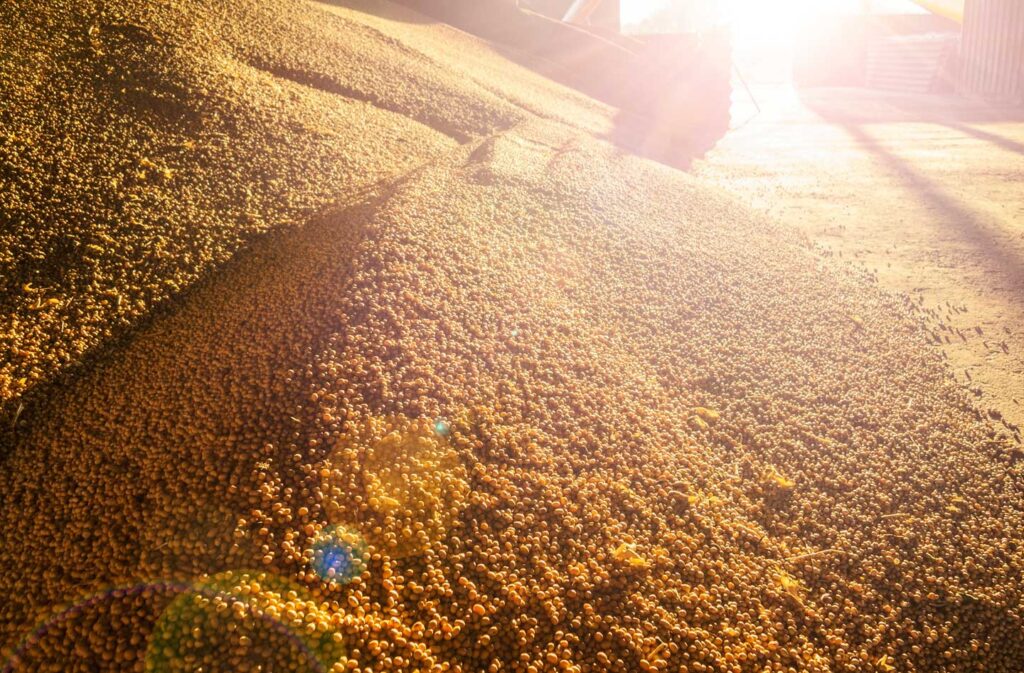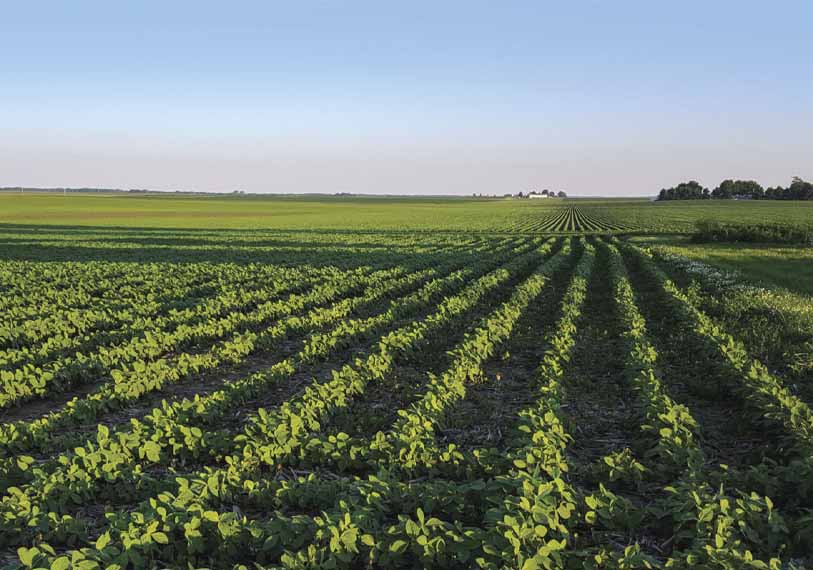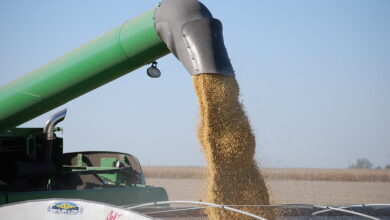

Whole Soybeans
Advantages of Whole Soybeans from the U.S.
The United States is established within the global market as a preferred source for whole soybeans, and for good reason. U.S. Soy is known for:

Whole U.S. Soybeans Exhibit Superior Quality
Whole soybeans grown in the U.S. exhibit less damage than soybeans grown in other regions of the world.1 U.S. soybeans dry naturally in the field before harvest and do not require mechanical drying. Whole soybeans harvested in other regions, on the other hand, are typically dried using heat from burned wood, so they are prone to heat damage during the drying process.
Harvested soybeans are also stored and handled differently in the U.S. than in other regions. Our sophisticated storage techniques, transport methods and port facilities ensure that whole soybeans reach destinations with minimal quality loss.
Why does this matter? Nutritionists have observed that soybean damage can greatly diminish the protein quality and amino acid digestibility of soybean meal (SBM).2 This, in turn, reduces the value of soybean meal in animal nutrition.

The Consistent Availability of Whole U.S. Soybeans
International buyers know they can rely on the U.S. to deliver whole soybeans year-round. This dependability is rooted in a well-established soybean industry with effective transport logistics and trade infrastructure.
In the U.S., strong rail and barge networks allow whole soybeans to travel from inland sources to ports in a timely manner. The presence of multiple ports on either coast and the Gulf also offers greater efficiency and accessibility to buyers.
These factors give U.S. Soy an advantage over other regions, which may be impacted by challenges such as port congestion and shipment delays.

U.S. Soybeans and Sustainability
Environmental sustainability is another key driver of demand for U.S. whole soybeans. Soybean production is highly efficient in the U.S., where farmers have improved per-acre yields while using fewer resources over the past several decades.3 U.S. soybean production uses existing farmland, whereas soybean production in South America is often associated with deforestation.4
Learn about the value and benefits of other U.S. Soy products, including soybean meal, soybean oil and specialty U.S. Soy.
1. Liu, H., Gishini, M., Pope, M., et al. (2022, September 27) Review of the Quality of Whole Soybeans, Soybean Meal and Oil Shipments. Authorea.
2. Alfaro-Wisaquillo, M., G. Quintana-Ospina, M. Ali, E. Oviedo-Rondon, K. Englyst and G. Gomes. (2022). Effect of protein level and grain damage on carbohydrate, crude protein, amino acids, and trypsin inhibitor content of soybeans. 2022 International Poultry Scientific Forum, Research Abstract, 337.
3. Field to Market: The Alliance for Sustainable Agriculture. (2021). Environmental Outcomes from On-Farm Agricultural Production in the United States (Fourth Edition). ISBN: 978-0-578-33372-4.
4. Goldman, E., & Weisse, M. (2024, April 4). Deforestation linked to agriculture. Global Forest Review. World Resources Institute.

